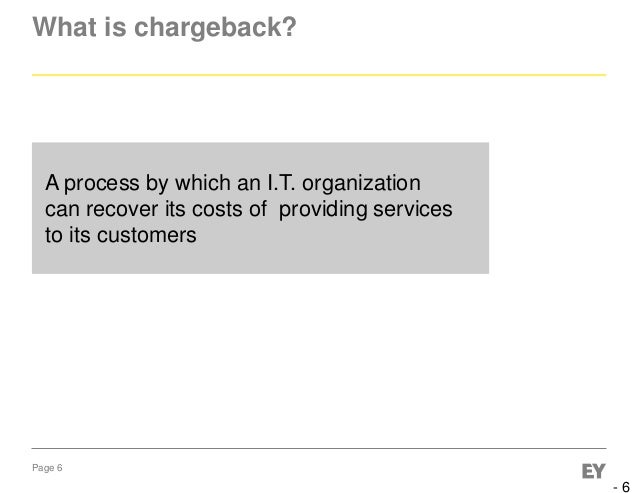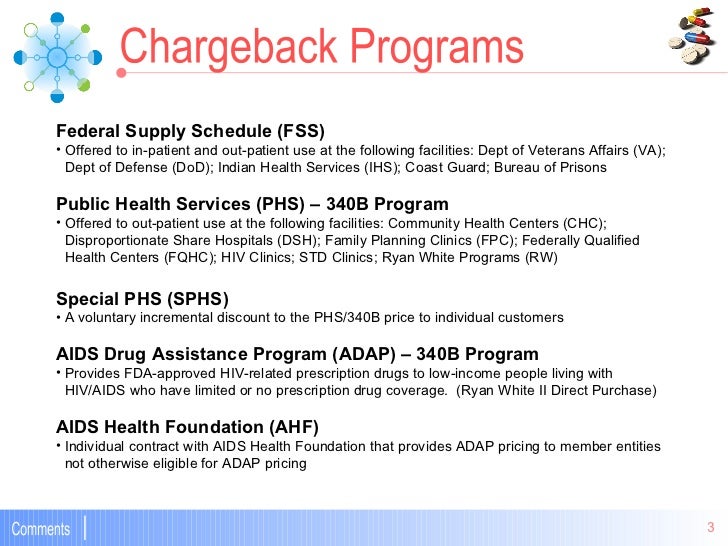
Without an account, you’re completely screwed.

And having a merchant account reserve could lead to an ultimate termination of your account. Being a high-risk merchant could also force your acquirer to put your merchant’s account on hold. When you do the math, the penalties and fees for breaching the acceptable chargeback rate are humongous.īut that’s only on the economic side of things. Visa’s Fraud Monitoring Program charge merchants in their high-risk tier close to $100 per chargeback incurred.Īlthough they levy these fees to your acquiring bank, the banks automatically pass the fees on to you with considerable service fees. Not filling the report attracts penalties of as much as $1,000/report.Īnd they’re not the online card brand that take such stand. And they charge from $50 to $300 per bank report. They mandate every acquiring bank to provide monthly reports stipulating activities of any listed merchant. Take Mastercard’s Excessive Chargeback Program as an example. Plus, you will get alerts and strategies to tackle credit card fraud as well. And entering the chargeback monitoring program means you’ll ultimately incur excessive fees for every transaction. Having a high chargeback-to-transaction ratio is bad news in this high-risk industry.įirst of all, you will be classified as a “high-risk merchant” and moved into a chargeback monitoring program - which is their way of forcing you to correct the issue.

What happens if my chargeback ratio becomes too high? Keep in mind that banks also influence the percentage point of the acceptable chargeback ratio. So it's not enough to say 1% is the acceptable chargeback rate, you have to look at the fine print of individual card networks. Over at Mastercard, merchants that cross the 100-chargebacks-per-month or 1% chargeback ratio threshold are classified as 'Chargeback Monitored Merchants.' And 100 chargebacks per month or a ratio of at least 1.5% for two consecutive months results in the 'Excessive Chargeback Merchant' classification. Yet, they kept their 'Early Warning' threshold at 0.65% of month-on-month transactions and the 'Excessive Chargeback Rate' at 1.8%. Case in point, in 2019 Visa pegged their acceptable chargeback threshold at 0.9% of month-on-month transactions for an average merchant account. Visa and Mastercard establish their standard thresholds with several figures to serve as reference points. But in reality, that's not a present-day reality, as you'll see in a second. And that might be factual, generally speaking. To a lot of e-commerce merchants, the answer is 1% as that of industry average. So, what's an acceptable chargeback rate for different credit card companies? Nevertheless, because each debit card brand only uses transactions processed through their network for the computation, you'll end up with a different chargeback ratio for each network. The difference is in the source of their data for the computation.įor example, Mastercard derives your chargeback rate by dividing the number of transactions processed by chargebacks filed in the current month. But over at Visa, they divide by the number of transactions a merchant processed by the number of chargebacks filed during the precedingĭiscover and AmEx go the same route with Visa. The formula, though, is uniform, which is the number of chargebacks in a given period divided by the number of transactions in the same period or current month. What is an acceptable chargeback ratio?Īs we established earlier, every card issuer has a unique way of determining a merchant's chargeback ratio. Whatever be the case, what's straightforward is that all of those descriptions ultimately refer to the measure of your transactions that result in chargebacks. Generally, most people call it chargeback-to-transaction ratio or ratio of chargebacks. In others, it's known as chargeback rate or chargeback-to-sales ratio. In some circles, it's called chargeback-to-transaction. It's crucial to point out that one primary reason for merchant confusion regarding the chargeback ratio is because it goes by various names in the industry. You calculate your chargeback ratio as follows: Number of chargebacks in a given period divided by the number of credit card transactions in the same period. This article seeks to help clear the confusion many merchants have regarding this all-important KPI and help you make the most of the data it presents. Plus, your chargeback ratio can make or mar your business - and you must understand the stories they tell about your eCommerce. However, what's uniform across the board is that your chargeback ratio is the same as your chargeback rate. The credit card network like American Express have different ways of calculating a vendor's chargeback ratio.

Simply put, your chargeback ratio is an aggregate of your sales compared to the number of chargebacks you received in previous month.


 0 kommentar(er)
0 kommentar(er)
